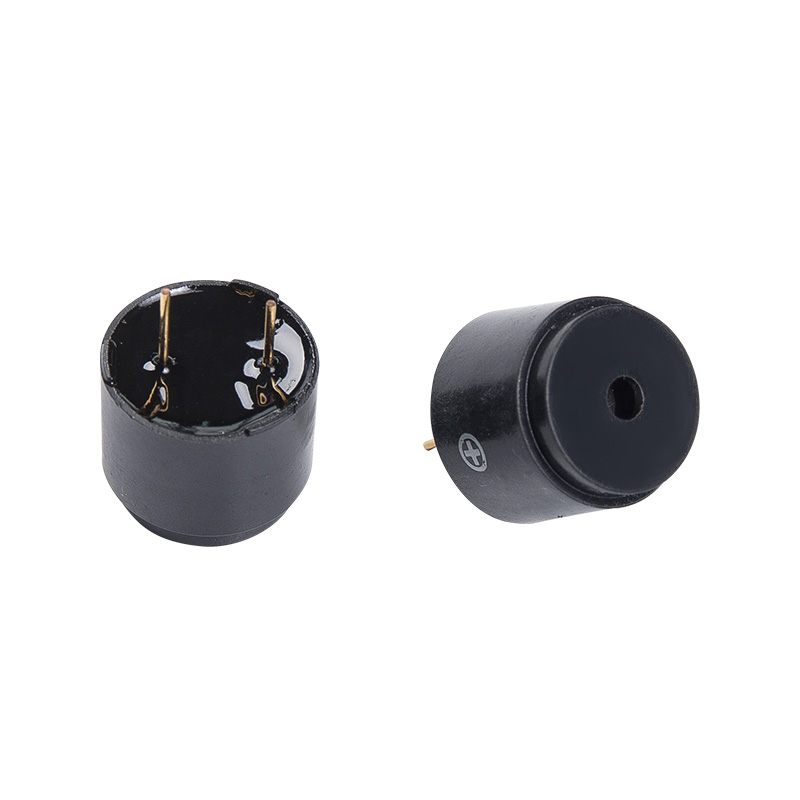The reverse polarity protection in a magnetic buzzer is typically achieved through the use of a diode connected in series with the buzzer coil. The principle behind this protection mechanism is quite straightforward and relies on the electrical properties of diodes.
Here's how it works:
1. Normal (Correct) Polarity Operation:
- When the buzzer is connected with the correct polarity, meaning the positive voltage is applied to the positive terminal of the buzzer and the negative voltage (or ground) is applied to the negative terminal, current flows through the coil of the buzzer.
2. Diode Forward Bias:
- In this configuration, the diode is forward-biased, allowing current to flow through it. The diode essentially behaves like a closed switch, permitting the flow of electrical current from the positive to the negative terminal of the buzzer.
3. Buzzer Activation:
- The current flowing through the coil generates a magnetic field, which causes the diaphragm or other vibrating component in the buzzer to vibrate and produce sound, thus activating the buzzer.
4. Reverse Polarity Condition:
- If the polarity is reversed, meaning the positive voltage is applied to the negative terminal and the negative voltage (or ground) is applied to the positive terminal of the buzzer, the diode becomes reverse-biased.
5. Diode Reverse Bias:
- When the diode is reverse-biased, it behaves like an open switch, blocking the flow of current in the wrong direction. This effectively prevents current from flowing through the buzzer coil in reverse polarity conditions.

6. Buzzer Deactivation:
- Because the current is blocked due to the reverse-biased diode, the buzzer does not activate when reverse polarity is applied. This protects the buzzer's internal components from potential damage that could occur if it were powered in reverse polarity.
The reverse polarity protection in a magnetic buzzer relies on the diode's ability to block current flow in the reverse direction. This ensures that the buzzer only operates when connected with the correct polarity, preventing damage and ensuring proper functionality. It's a simple yet effective method to safeguard the buzzer from incorrect wiring.


 EN
EN  English
English Deutsch
Deutsch 中文简体
中文简体
